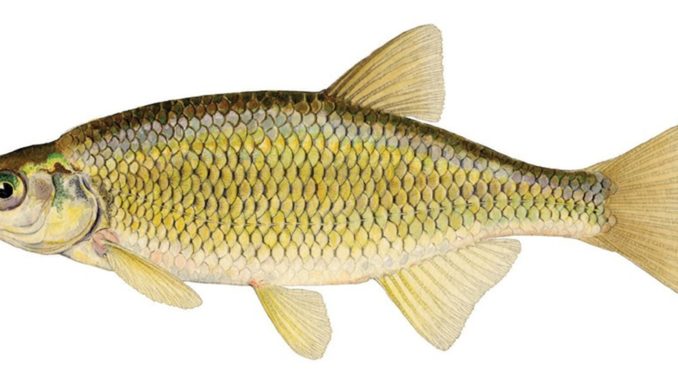
While many bass anglers don’t distinguish between threadfin shad and blueback herring when they refer to the “shad spawn,” knowing the differences between baitfish species could pay off at weigh-in time. Here’s a run-down of what prey species are likely to be sharing water with bass this month:
• Threadfin shad may spawn more than once during the season, but it’s the peak spring spawn — usually spread over a 4- to 6-week period when water temperatures range from 68 to 72 degrees — that matters most to bass fishermen.
• Blueback herring spawn when water temperatures are between 59 and 65 degrees, but it sometimes occurs significantly sooner. Anglers frequently report blueback spawning activity during or immediately after bass are spawning.
• Gizzard shad spawn in May and June when water temperatures reach the mid-60s. The spawn begins at night in shallow water. As early as their second year, they gather in large schools to broadcast their eggs and milt in shoreline shallows.
• Alewife make their way from the ocean into coastal rivers to spawn with the water temperature between 51 and 58. Little is known of any adaptations landlocked alewives have made, as their existence in freshwater reservoirs is limited.
• Golden shiners spawn in the spring when water temperatures reach 68 degrees. Spawning ceases when temperatures exceed 81. Golden shiners spawn frequently, attaching their adhesive eggs to aquatic vegetation or spawning mats. They are greatly outnumbered in reservoirs but are considered an important stocked food source for bass in ponds or small reservoirs.

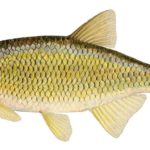
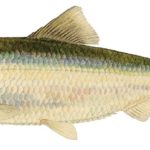
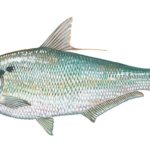
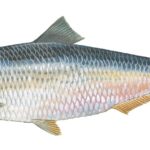
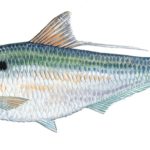



Be the first to comment